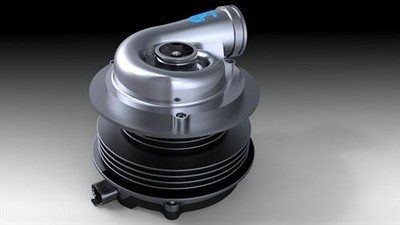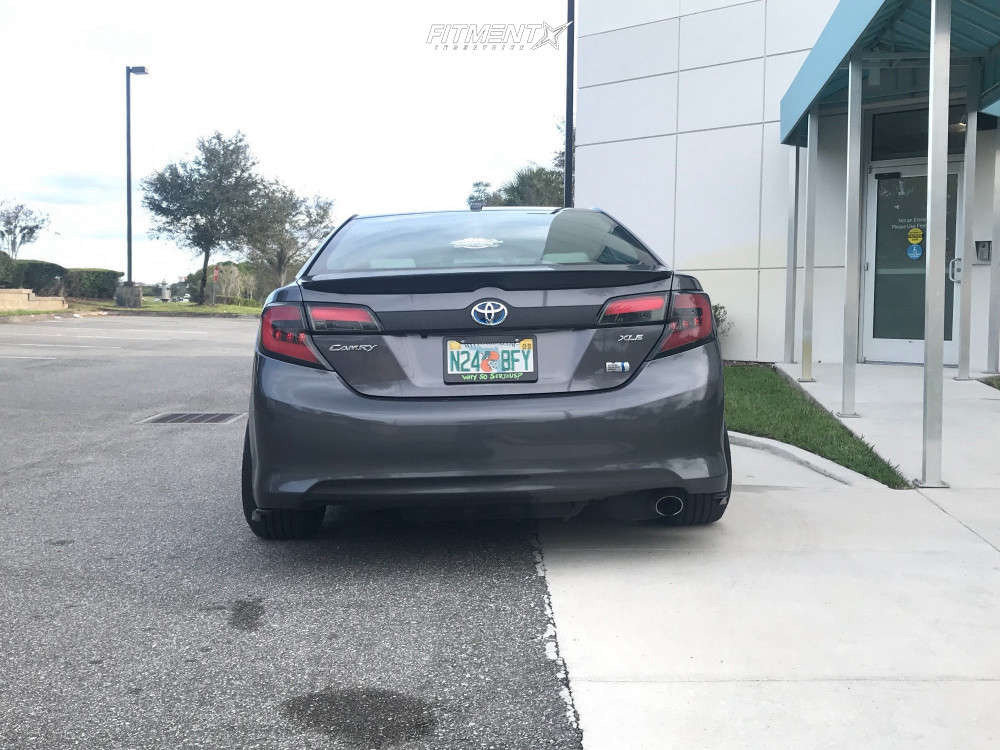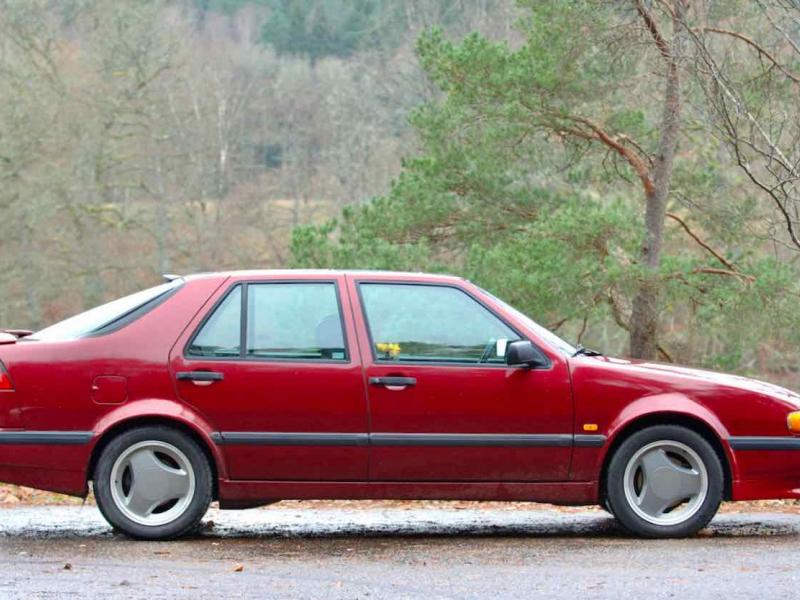Car Tech: Electric Supercharger For Micro Hybrids
Controlled Power Technologies VTES electric supercharger is the latest of its kind for micro mild hybrid vehicles.
The innovative application of switched reluctance motor technology for existing 12 and 24 volt systems means it is well placed to exploit the proposed 48 volt electrical architecture fast gaining ground in Europe. Other applications of a more powerful air charging solution for reducing CO2 emissions without sacrificing vehicle performance include commercial vehicles for reducing diesel engine NOx and particulate emissions.
The main advantage of an electric supercharger, of course, is that it won’t waste any of the engine’s power just to spool up and work.

Complete details on this useful bit of technology can be found here:
The low carbon vehicle specialist Controlled Power Technologies (CPT) is developing a 48 volt version of its electric supercharger based on its variable torque enhancement system known as VTES. The more powerful higher voltage variant will support moves by European vehicle manufacturers announced earlier this year to introduce 48 volt passenger vehicle power networks to help meet the requirement for lower fuel consumption and CO2 emissions.
CPT currently provides the only production ready 12 volt supercharger available as original equipment for passenger car applications. The scalable design and highly controllable switched reluctance motor technology means it can move swiftly to offer a more powerful 48 volt solution to meet a diverse range of OEM customer enquiries.
At 48 volts a VTES electric supercharger will efficiently transform 7kW of battery power into a highly boosted charge of air for downsized gasoline and diesel engines. Unlike crankshaft driven superchargers and exhaust gas driven turbochargers, an electric supercharger is mechanically decoupled from the engine, which means it can deliver the air almost instantaneously into the engine – spinning up to 70,000rpm in less than a third of a second.
“Even with the higher transmission gearing adopted by manufacturers to reduce CO2 emissions and particularly at the lowest engine revs, the instant additional torque when the driver needs to accelerate these smaller powertrains from low engine speeds is already very beneficial at 12 volts,” says CPT’s engineering director and chief technical officer Guy Morris. “Electric supercharging at 48 volts extends that envelope of torque enhancement. It’s an efficient way of using 7kW of stored electrical power to deliver not less than six times that at the crankshaft. In other words adding a useful 42kW boost for low speed overtaking and hill climbs. Depending on the turbocharged engine system optimisation the boost could be as much as much as 70kW or 10 times the instantaneous power extracted from the batteries or supercapacitors.”
CPT foresees a new generation of micro mild hybrid vehicles with radically downsized engines featuring transient electric boosting as a more effective hybrid alternative to the mechanical supercharging and/or twin turbo-charging systems in use today.
“The torque response of these future VTES equipped vehicles will be equivalent to the best mass market vehicles on the road today,” says Morris. “There will be no torque deficit or other tradeoffs from essential engine downsizing and higher gearing, which now dominates the development of internal combustion engines. If anything their low speed performance will be even better, while still delivering very significant fuel economy benefits and CO2 reduction.”
Commenting on additional applications, CPT’s senior manager for VTES, Mark Criddle adds: “We’ve also been responding to customer enquiries from vehicle manufacturers for some while now interested in applying VTES technology to diesel engines, both to help with the control of NOx and particulates, and for the regeneration of off-highway engine diesel particulate filters.”
Morris and Criddle are attending the annual Supercharging conference in Dresden this week to discuss these latest developments with vehicle manufacturers making their annual pilgrimage to discuss new supercharging and turbocharging concepts for future powertrains. The industry’s main annual conference on the subject has long recognised the importance of air boosting as a key technology for the development of internal combustion engines.
CPT is exhibiting at the conference where it will discuss its modular 12, 24 and 48 volt technical solutions focused on the innovative application of switched reluctance electric motor technology and low voltage power electronics. Switched reluctance motors have yet to be adopted by the automotive industry for high volume mass production and low voltage power electronics have only recently become commercially viable. Switched reluctance motors are highly efficient and avoid the use of permanent magnets and rare earth materials. CPT technology development is primarily focused in the 10 to 50 volt range, where modest voltage increases can offer significant efficiency improvements.
CPT’s production ready VTES technology has already been incorporated as a 12 volt system in its ‘low cost’ ‘low consumption’ ‘low carbon’ LC Super Hybrid technology demonstrator. The company has commissioned AVL to build the demonstrator, which is currently undergoing final shake-down trials in Austria in readiness for evaluation by vehicle manufacturers. Following this initial assessment by carmakers, the vehicle will then be re-built with a 48 volt electrical system. The project is being supported and funded by the Advanced Lead Acid Battery Consortium (ALABC).
CPT is already on record saying that if adopted as a global industry specification, 48 volt power networks would facilitate the development of standardised high volume and highly affordable enhanced lead acid battery modules. It would also offer a potential mass market opportunity for high end lithium-ion based energy storage solutions, of a similarly standardised modular configuration. Modules of 48 volt standard configuration could form the building blocks for lower volume electric vehicles, where battery system costs are currently such a dominant constraint to vehicle affordability.




